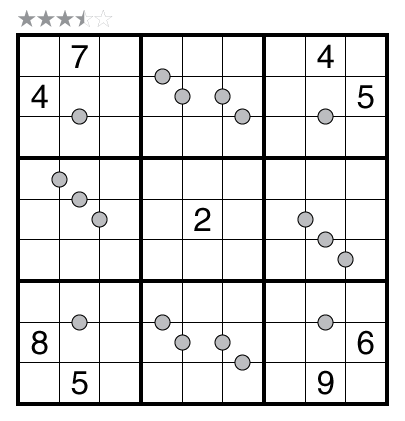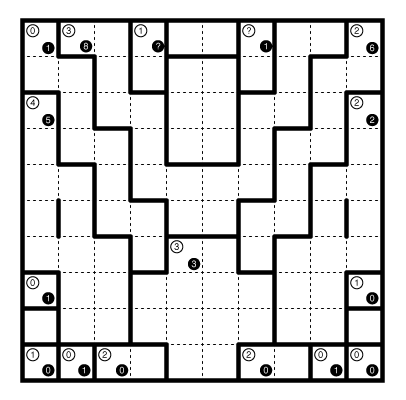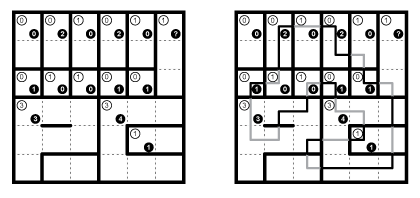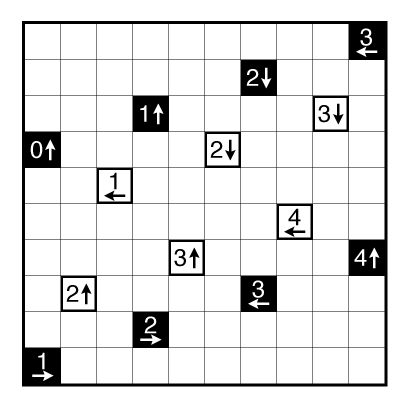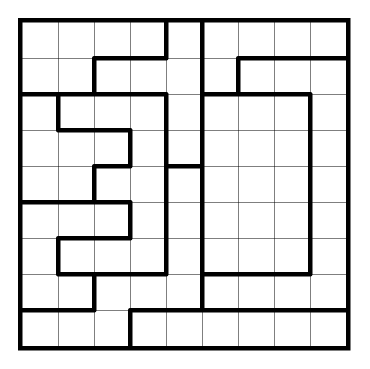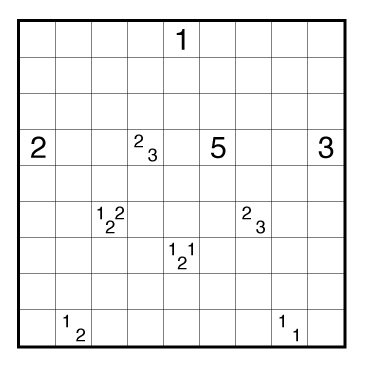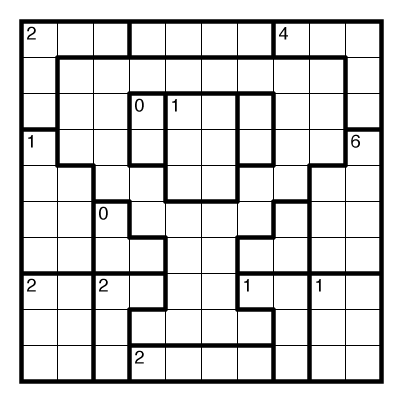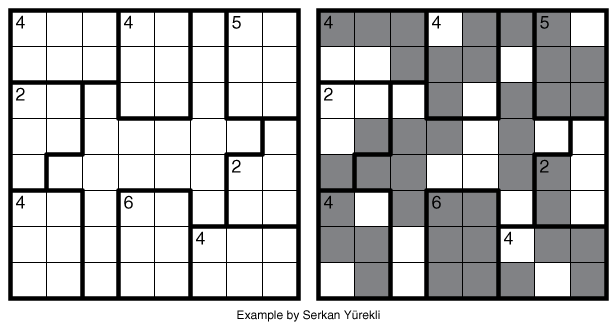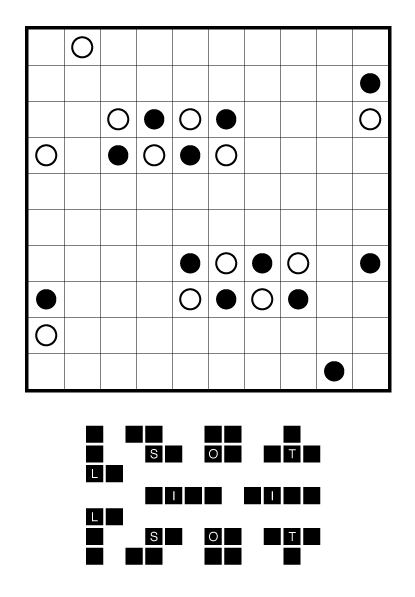Yajilin by David Olmsted
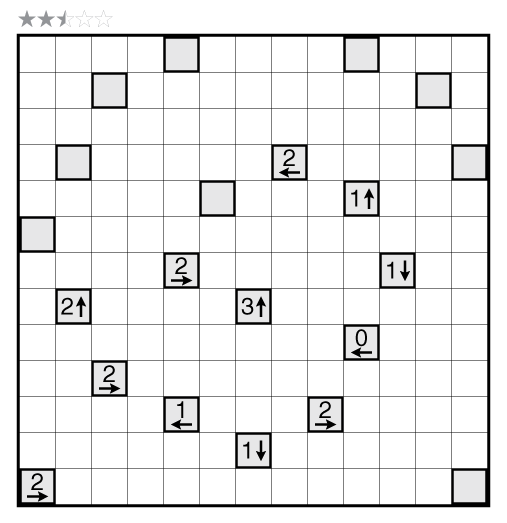
or solve online (using our beta test of Penpa-Edit tools using a composite mode where left click inside cell shades square, left click + drag draws line segment, right click inside cell adds dot, and right click on cell edge adds an x.)
Theme: Spiral
Author/Opus: This is the 3rd puzzle from guest contributor David Olmsted.
Rules: Standard Yajilin rules.
Difficulty: 2.5 stars
Time Standards (highlight to view): Grandmaster = 2:45, Master = 5:00, Expert = 10:00
Solution: PDF and solving animation.
Note: Follow this link for classic Yajilin and this link for Yajilin variations. If you are new to this puzzle type, here are our easiest Yajilin to get started on. More Yajilin puzzles can be found in these books in our e-store.
Note 2: Comments on the blog are great! For a more interactive discussion, please also consider using our week-0-discussion thread on the GMPuzzles Discord. If you are not yet part of this Discord community, use this link.

